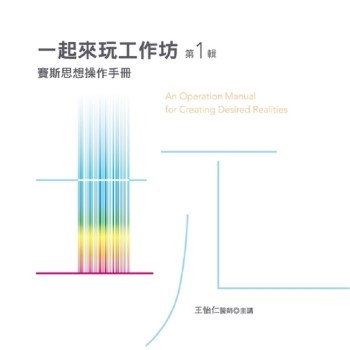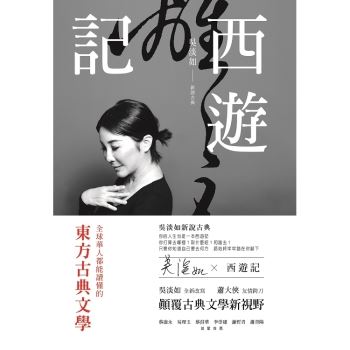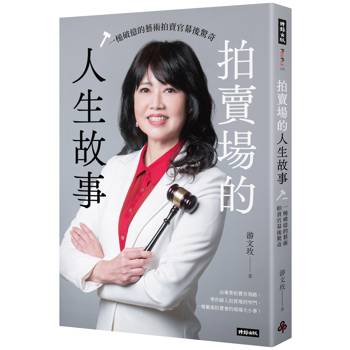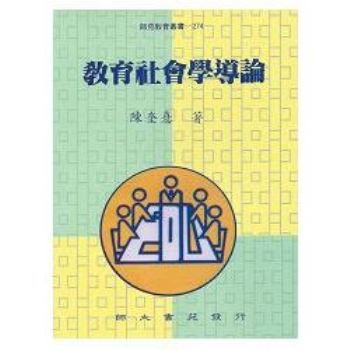At the beginning of the seventeenth century the doctrine of the Trinity was still a central theme in Christian Theology. By the end of the century it was fast becoming peripheral. As theologians today increasingly recognize the Trinity to be at the very heart of the Christian theology, the question of ’what went wrong’ three hundred years ago is a matte of growing interest.
Whereas most studies of the history of tinritarian doctrine neglect the seventeenth century almost entirely, Philip Dixon argues that this is a key period in the history and development of the doctrine and, indeed, essential for contemporary understanding.
Drawing on a wide range of primary sources, Dixon examines the Socinian and anti-Socinian writings of the 1640s and 1650s, including Biddle and Cheynell, and their legacy for the disputes of the 1690s; the trinitarian theology of Hobbes and the violent reaction of his critics; the debates from the Restoration to the 1690s, including Milton, Nye, and Bury; the writings of Locke and Stillingfleet; and the continuation and development of these disputes into the early eighteenth century. A final chapter offers some significant conclusions for students of systematic and historical theology alike.
In the breadth of its scope and in the importance of the material uncovered, this book makes an unique contribution to the understanding of trinitarian theology and practice.
| FindBook |
有 1 項符合
Nice And Hot Disputes的圖書 |
 |
Nice And Hot Disputes 作者:Dixon 出版社:T&T Clark 出版日期:2005-12-09 語言:英文 規格:平裝 / 252頁 / 7.4 x 27.7 x 2 cm / 普通級 |
| 圖書館借閱 |
| 國家圖書館 | 全國圖書書目資訊網 | 國立公共資訊圖書館 | 電子書服務平台 | MetaCat 跨館整合查詢 |
| 臺北市立圖書館 | 新北市立圖書館 | 基隆市公共圖書館 | 桃園市立圖書館 | 新竹縣公共圖書館 |
| 苗栗縣立圖書館 | 臺中市立圖書館 | 彰化縣公共圖書館 | 南投縣文化局 | 雲林縣公共圖書館 |
| 嘉義縣圖書館 | 臺南市立圖書館 | 高雄市立圖書館 | 屏東縣公共圖書館 | 宜蘭縣公共圖書館 |
| 花蓮縣文化局 | 臺東縣文化處 |
|
|
圖書介紹 - 資料來源:博客來 評分:
圖書名稱:Nice And Hot Disputes
內容簡介
|











